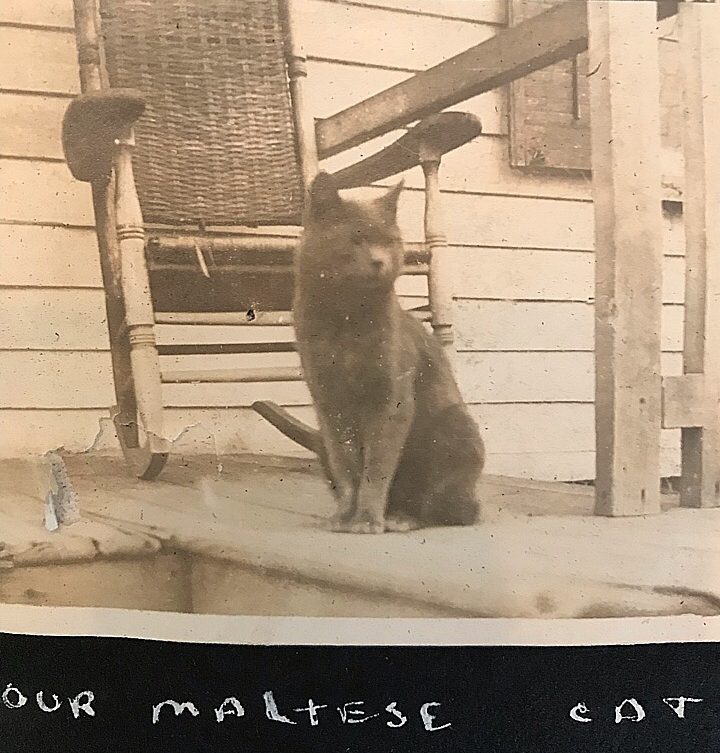Today it’s time to answer the question that’s been on everyone’s mind, “what were cats doing in 1910?” Doing cat things, yes. Also, being pets, though they had it harder than now.
I found a “Brooklyn Eagle Humane Club” column which ran for years in a Brooklyn newspaper. Readers would write in to Aunt Jean, ask to join the club and then raise a question about good pet-keeping. The reader would always sign “your niece” (which confused me to no end, at first)!
Here’s an example:
Dear Aunt Jean,
I wish to become a member of the Humane Club. I promise to be kind to all animals. I have two lovely Maltese cats. When we go to the country, we express them, so they have a nice time running around as well as I.
Your loving niece, RUTH V. SWEENEY
I do not believe that cats enjoy traveling very much. They do not seem to like the idea of being boxed up, but prefer to be permitted to run about freely. It is nice for you to take them along with you.
The Brooklyn Daily Eagle, pg. 27, December 01, 1911
PETA was a long way off. Well into the twentieth century, boys and girls kept pigeons, chickens, rabbits, and other tame (or semi-tame) animals as pets. White mice and rats were pocket friends.
Even wild animals were made into pets. According to Pets in America: A History by Katherine C. Grier, squirrels were the most popular. They could chew through wood so special cages had to be made to hold them.
I apologize, here, to the squeamish. The thought of rats and squirrels running up and down my children’s bodies is more than I can stand myself. Let’s turn to back to cats, shall we?
In fact, “Maltese” is not a breed – it just refers to a cat that’s grey. Apparently, there are lots of grey cats in Malta and that’s how they came to have that name. I’m not a huge cat fan (allergies) but even I have to admit that the Dunning’s cat is a good-looking one.

The only literary reference I found to Maltese cats around 1910 was a short story by Rudyard Kipling called – you got it – “The Maltese Cat”. This was just the name given to a race horse in the story, though.
It was not until 1939 that T.S. Elliot immortalized cats in Old Possum’s Book of Practical Cats. In 1910 Elliot was studying philosophy at the Sorbonne. It would still be another five years until he wrote “The Love Song of J. Alfred Prufrock.”
Lloyd Anderson Webber’s long-running musical Cats was based on Elliot’s 1939 cat poems. A friend from college told me that she knew a man who was on the cast of Cats so long that he began to believe he was a cat. She said when he got home from the show, he would have milk from a dish on the floor. Not proven, but an interesting anecdote…
In honor of Elliot and my grandma’s cat, here’s a poem to end my rambling. Have a nice day, everyone!
Our Maltese Cat
the Lord of the Barn
hunting the mice and protecting the feed
let others play with balls of yarn
he’s got a job to do, indeed
the chipmunks too
are quite a scourge
he’ll have to grab a few today
relentless in his vermin purge
before he rests upon the hay.
Oh just this once,
he’ll pose for you
with paws together, ears in air
but he’s got better things to do
not for him, that rocking chair!

Very cute. I did not know the musical Cats was based on poems by T.S. Eliot. Do you think he would be flattered? I am sure our ancestral cat killed plenty of birds in her/his day too. That is one reason I am not a big cat fan (kittens are adorable, though)
Yes, I do! How many poets can claim that notoriety? I just read that they’re going to release “Cats” as a movie this December.
At 91 degrees today, I’ll choose the rocking chair ! Papa
A wise choice! I’ll bring you a fan and some birch beer. 🙂